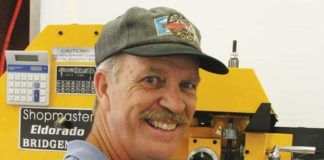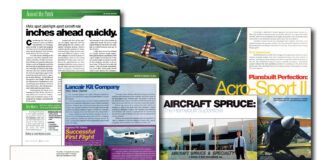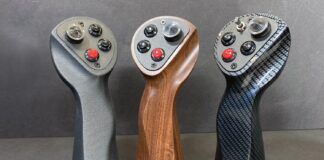Zenith Super Duty
As usual, congrats for a bang-up job on the cover story on Zenith’s Super Duty STOL CH 750 [January 2018]. But tell me again why the horizontal stabilizer uses an inverted airfoil? How do its anti-lift properties help the plane? Must be related to how this aircraft virtually leaps into the air during takeoff—but still it would be nice to understand the rationale. Must be a nifty explanation! At higher speeds, it seems this tail would go down with this arrangement, not up. Please enlighten us.
—Duncan Jaenicke
The thing that you have to remember with a conventional-tail aircraft (loaded within the CG envelope) is that the primary force the horizontal tail provides is a downward force. If the tail came off, the airplane would pitch forward quite rapidly. So the horizontal tail is always producing “lift” in a downward direction. To make this more efficient, and to provide even more downward force when the wing is producing lots of lift, you need a more efficient airfoil, but it needs to be upside down to be effective.—Ed.
Phantom Homebuilts
In “Homebuilt Accidents: Comparing the Rates” [March 2018], Ron Wanttaja provides directions for determining whether your aircraft is a “phantom” in the FAA records. If one finds that their aircraft is a phantom, how does one go about correcting the listing?
—G. Gregory
Ron Wanttaja responds: I’d start with the Flight Standards District Office (FSDO) that covers your area. You can find the FSDOs here. They may not be able to handle the issue themselves, but should be able to put you in touch with the appropriate office in Oklahoma City.
Durand Mark V
My compliments to you on the Durand Mark V article [March 2018]. You gave a good explanation on exactly what the aircraft is, yet provided a well-phrased cautionary note to readers on the possible limitations of the aircraft.
Given the general exploratory configuration of the aircraft, I have my doubts about the limitations being easily corrected. However, they certainly need the opportunity to try, a chance that you gave them. Thanks for some well- written, realistic reporting.
—Jim Belcher
It’s fun to have a look at the homebuilt designs from long ago and see how they compare to the kits and plans available today that built on the lessons learned from those earlier aircraft. We’re confident that the design can be updated with more conventional handling qualities with what is known today.—Ed.
Tarragon Correction
In the lower-left caption on page 14 of the Tarragon article [Fast and Smooth, April 2018], the right aileron’s mass balance arm/weight is incorrectly identified as the pitot tube. The pitot tube is actually on the left wing. Nice article though!
—Carl Niedermeyer
Reader Niedermeyer is correct—who else but the Europeans design mass balances that look just like pitot tubes? We regret the error (and are tired of looking for a pitot hole in the mass balance).—Ed.
Write to [email protected].





